
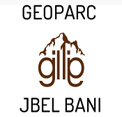
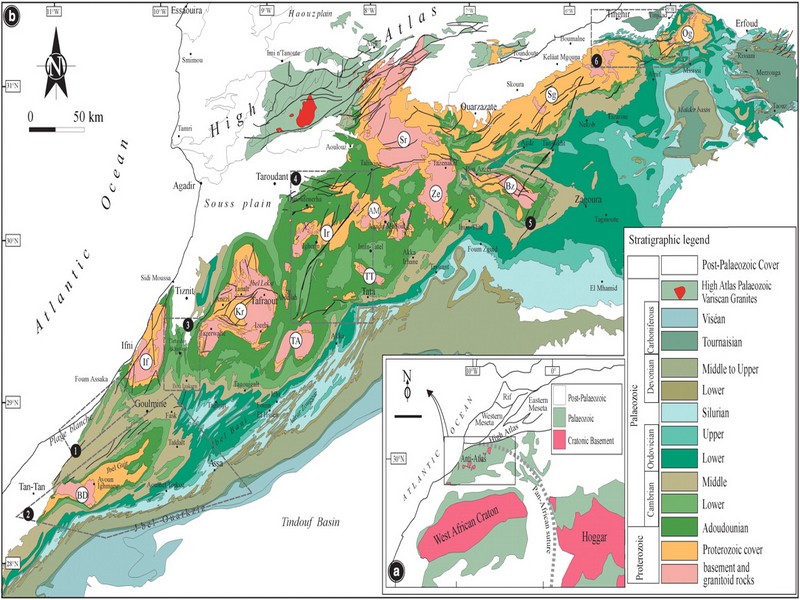
A short overview of the Anti-Atlas, Morocco
DR.Hervé Rezeau, DR.Cyril Chelle-Michou & DR.Michael Calder
SEG Student Chapter of Geneva (Switzerland)
SEG Student Chapter of Montpellier (France)
INTRODUCTION
Geology of Morocco has been subdivided into four structural domains, from north to south they are the following: the Rif domain, the Meseta domain, the High Atlas, and the Anti-Atlas, as they are shown in (Figure 1).
The Rif Range extends along the Mediterranean coast from the Kabylian-Tellian belts up to the Strait of Gibraltar. South of it, the Meseta domain is located, where elevated plateaus and intramontane basins occur. Further south the High Atlas system is found, which displays several massifs close to 4000 m, including the highest peak of northern Africa (Jebel Toubkal). The Middle Atlas represents a branch of the Atlas system that extends obliquely across the Meseta domain, and exceeds 3000 m in elevation. Finally, the Anti-Atlas domain is found, which rises forming a massive mountain that achieves up to 2700 m. Further south the elevation decreases both southward and westward from ca. 1000 m to less than 200 m close to the Atlantic.
Figure 1: Elevation map of Morocco and neighbouring countries from GTOPO30 database (A. Michard et al. 2008)
GEOLOGICAL SETTING OF THE ANTI-ATLAS
The Anti-Atlas mountain belt is located in the northern part of the West African Craton (WAC). It is stretching NE-SW and is characterized by Precambrian to late Proterozoic rocks covered by younger sediments of Edicaran to Cambrian in age. The geological boundary between the Anti-Atlas and High Atlas is structurally marked by the South Atlas fault (SAF) (Fig.2). The Anti-Atlas massif is a zone of wide domal uplift with much weaker Alpine age deformation. The volcanics and conglomerates rocks from the Ouarzazate & Bou Salda group in the North-East are surrounding the older volcanics rocks
The Anti-Atlas mountain belt is located in the northern part of the West African Craton (WAC). It is stretching NE-SW and is characterized by Precambrian to late Proterozoic rocks covered by younger sediments of Edicaran to Cambrian in age. The geological boundary between the Anti-Atlas and High Atlas is structurally marked by the South Atlas fault (SAF) (Fig.2). The Anti-Atlas massif is a zone of wide domal uplift with much weaker Alpine age deformation. The volcanics and conglomerates rocks from the Ouarzazate & Bou Salda group in the North-East are surrounding the older volcanics rocks and turbidite sequences from the Sahgro Group and the Pan-African granite intrusions. This geomorphological feature is commonly called inliers (“boutonnière” in French) and is the result of an exposed older rock formation surrounded by younger rock, and is due to a high erosion rate of rocks with different hardness but also encouraged by deformation such as folding and faulting (Gasquet et al. 2005). Several slivers of ophiolites are present in the Anti-Atlas belt, the best preserved are situated in the Bou Azzer, Siroua and Iriri region, which represent remnant of an ocean closure. The basement is composed of schists, granites and mylonites of Paleoproterozoic age. The latest Variscan and Alpine orogenic events overprint most of the Anti-Atlas geological province and thus complicate the Pre- Cambrian geodynamic interpretation. However, two main periods of tectono-thermal magmatic activity (Gasquet et al. 2005) are now recognised :
(i)A Palaeoproterozoic period, corresponding to the Eburnean (Birimian) orogeny,
(ii)A Neoproterozoic period, corresponding to the Pan-African orogeny.
Figure 2: Schematic map of the Anti-Atlas Precambrian inliers (Boutonnière), and location of the maps, satellite views and lithospheric profile presented hereafter (Gasquet et al. 2008)
Source web : DR.Hervé Rezeau, DR.Cyril Chelle-Michou & DR.Michael Calder unige.ch
Les articles en relation

La danse Ahwach (Géoparc Jbel Bani)
La danse Ahwach (Géoparc Jbel Bani) Le Maroc compte plus de 12 millions de Berbères. La culture berbère est donc fortement ancrée dans la culture et le patrimoine marocain. Découvrez par exemple l&r
Savoir plus...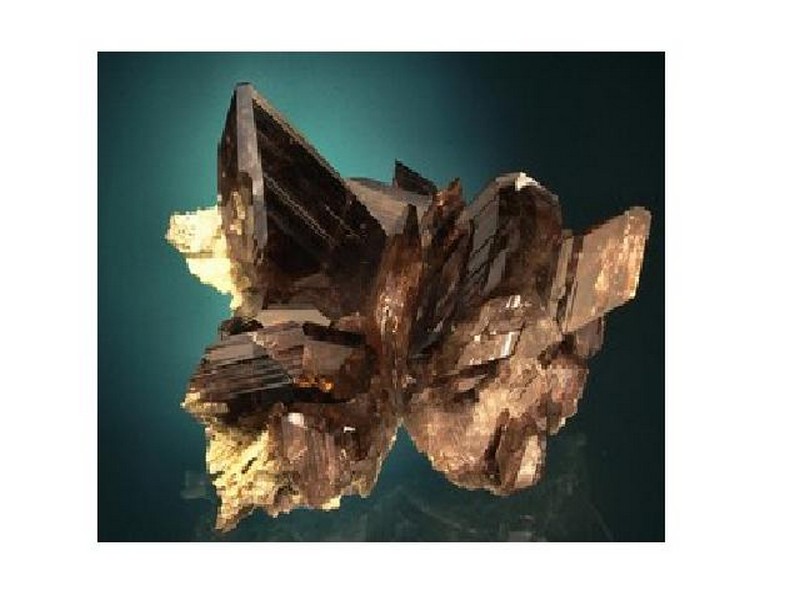
Minéraux
Minéraux Un DVD sur les minéraux, les cristalliers et les sites minéralogiques d'Oisans (Isère). Un minéral, de l'axinite des Alpes. A Bourg d'Oisans, les histoires de cristalliers
Savoir plus...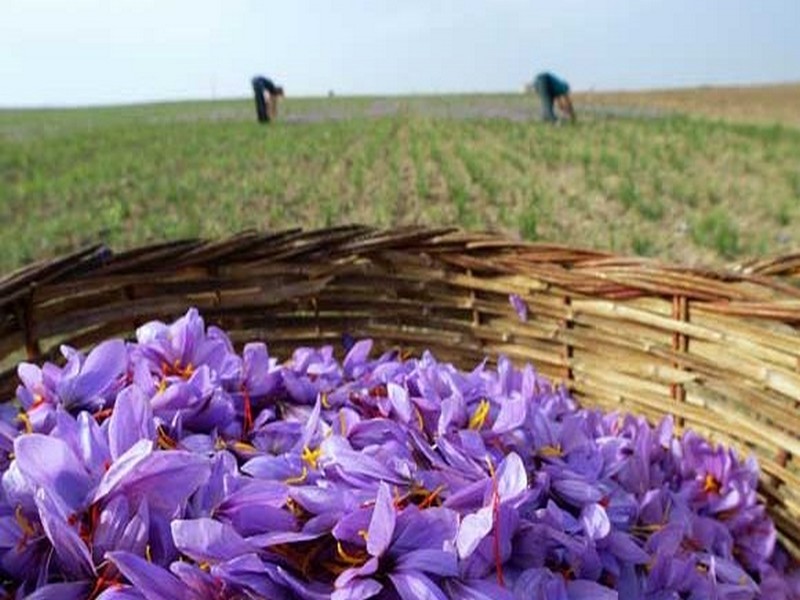
Produits terroir Maroc (Géoparc Jbel Bani)
Produits terroir Maroc (Géoparc Jbel Bani) Huile d’olive vierge extra Longtemps boudée, l’huile d’olive vierge extra du Maroc revient sur le devant de la scène. Les producteurs soucieux de va
Savoir plus...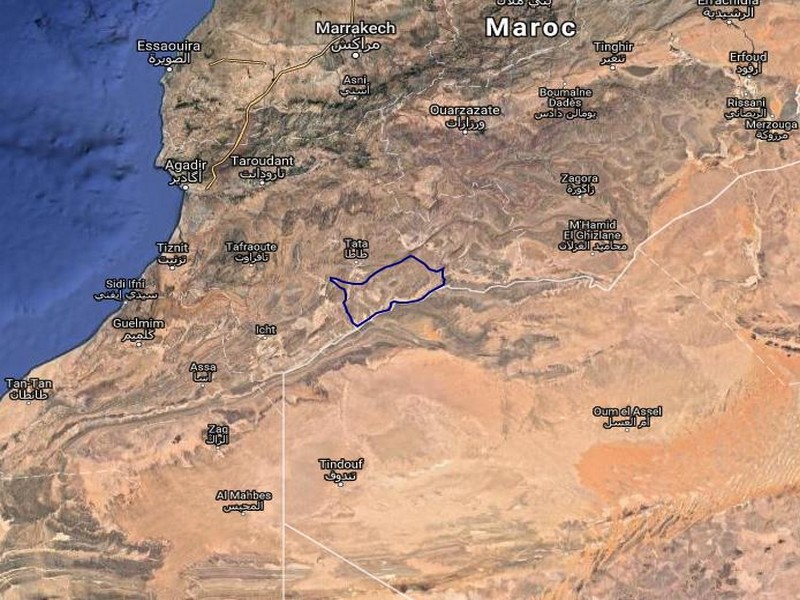
La Tribu Ida Ou Blal
La Tribu Ida Ou Blal Histoire d'Ida Ou Blal Ida Ou Blal est une tribu arabe de bani Mâaqil, cette tribu originaire du Yemen est venue au Maroc entre XIIIe et XVe siècle. Le nom arabe de la tribu est "Daoui Bi
Savoir plus...
Razer Phone 2 : un smartphone de gamers, vraiment ?
Razer Phone 2 : un smartphone de gamers, vraiment ? Le constructeur d'ordinateurs pour joueurs, Razer, lance une nouvelle version de son smartphone ultrapuissant. Dédié fondamentalement aux gamers, il est vendu au t
Savoir plus...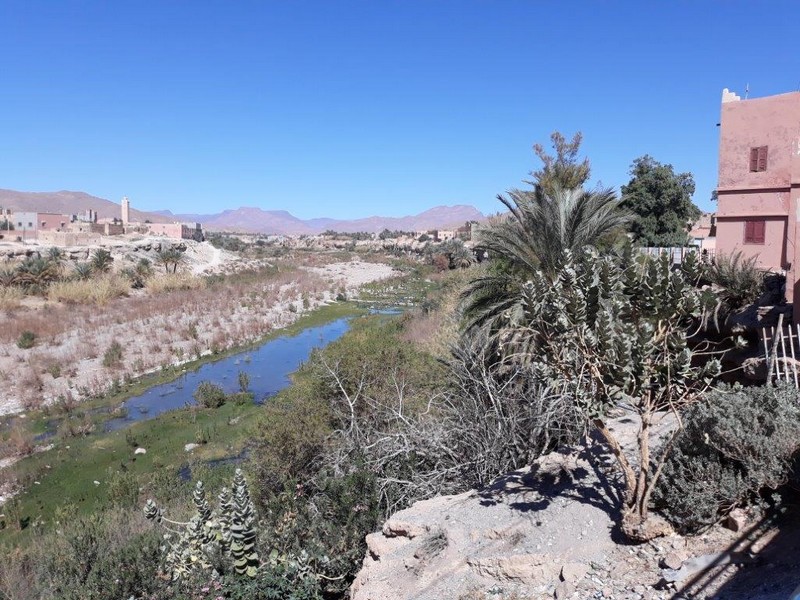
Délices, spiritualité et convivialité à Tata Jeunes et enfants passent leur temps libre dans les oasis et jardins (Géoparc Jbel Bani)
Délices, spiritualité et convivialité à Tata Jeunes et enfants passent leur temps libre dans les oasis et jardins (Géoparc Jbel Bani) Les traditions de Tata, région quasi-désertique, s
Savoir plus...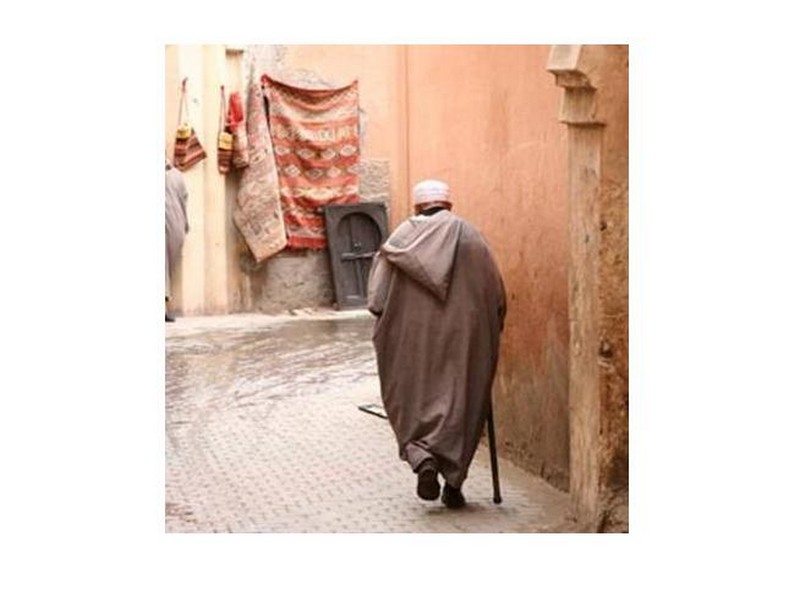
Le travail du tissu : De la décoration aux vêtements...
Le travail du tissu : De la décoration aux vêtements... Le tissage fait son apparition au Maroc aux environs de 1500 avant J.C., il fait partie désormais du fleuron de l'artisanat marocain. Il regroupe de n
Savoir plus...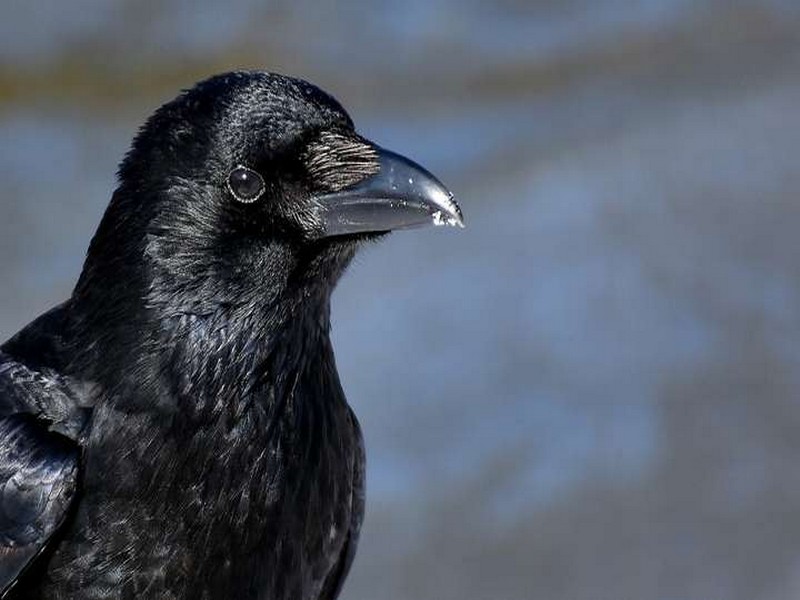
Des corbeaux ont appris à fabriquer des outils complexes tout seuls
Des corbeaux ont appris à fabriquer des outils complexes tout seuls Les chercheurs pensaient que cette aptitude était l'apanage des Hommes... et des grands singes. Mais une équipe internationale rév&eg
Savoir plus...
MAROC: Ouverture à Zagora du 3ème Salon régional des produits de terroir
MAROC: Ouverture à Zagora du 3ème Salon régional des produits de terroir Zagora – La 3ème édition du Salon régional des produits de terroir s’est ouverte mercredi à Zagora
Savoir plus...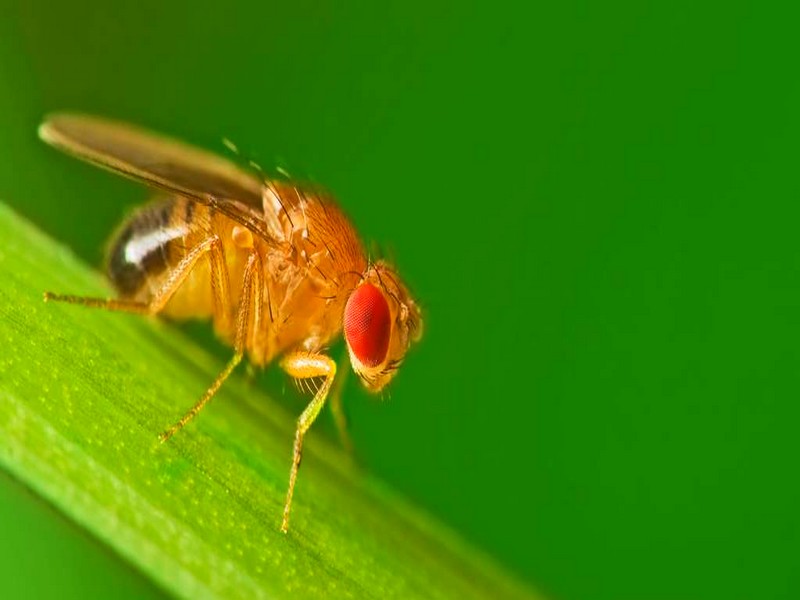
Ce que cache le cerveau d’une mouche
Ce que cache le cerveau d’une mouche Pour les non-initiés, cela ne ressemble pas à autre chose qu'à un arc-en-ciel de fils entremêlés. Mais pour les neurologues, il s'agit là d&#
Savoir plus...
Monument : L’arche de Legzira n’est plus
Monument : L’arche de Legzira n’est plus Alors qu’elle figurait sur toutes les brochures touristiques, l’une des principales arches rocheuses de la plage de Legzira, près de Sidi Ifni, s’est r&eac
Savoir plus...Les tags en relation
En savoir plus sur " Géologie et TSGJB - AMDGJB "
Consulter les vidéos de " Géologie et TSGJB - AMDGJB " Consulter les photos de " Géologie et TSGJB - AMDGJB " Consulter les publications de " Géologie et TSGJB - AMDGJB " Consulter les éditions de " Géologie et TSGJB - AMDGJB " Consulter les communications de " Géologie et TSGJB - AMDGJB "Recherche du site
Recherche avancée / Spécifique
Géoparc et Recherche Scientifique
Le coins de l’étudiant



Blog Géoparc Jbel Bani
Dictionnaire scientifique
Plus de 123.000 mots scientifiques
Les publications
Géo parc Jbel Bani
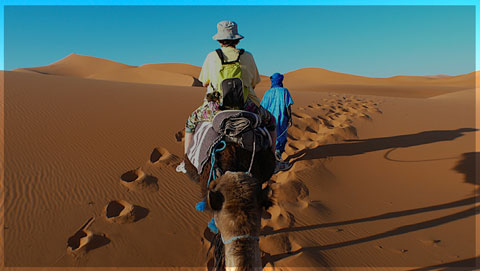
Circuits & excursions touristiques
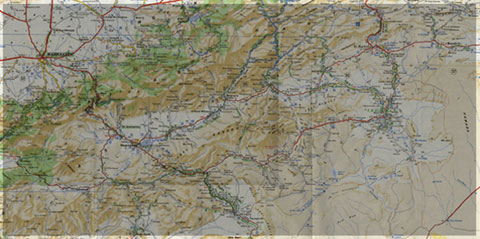
cartothéques


Photothéques
Publications & éditions



